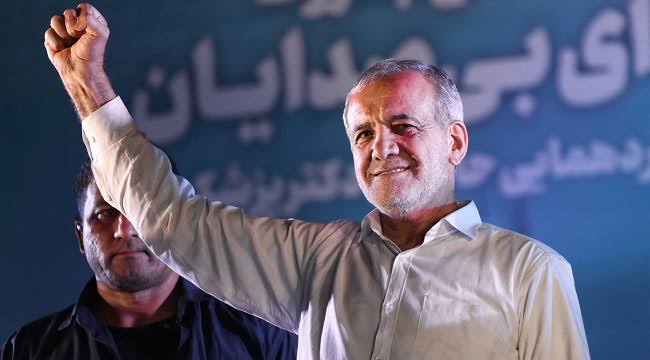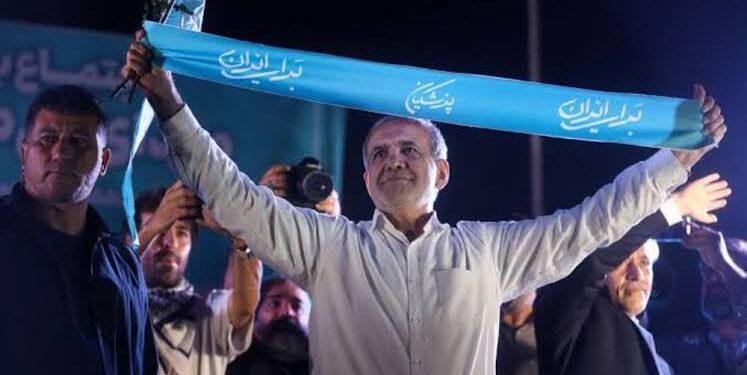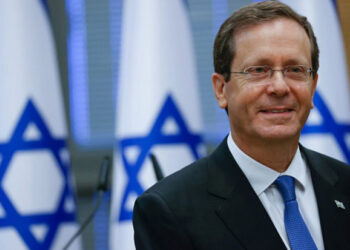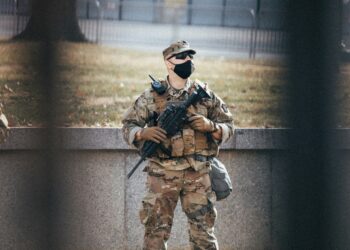Iran’s president-elect, Masoud Pezeshkian, reaffirmed Iran’s firm stance against Israel on Monday. In a message to Hassan Nasrallah, leader of the Iran-backed Lebanese Hezbollah group, Pezeshkian emphasized that resistance movements across the region would not allow Israel’s “criminal policies” towards the Palestinians to continue. He stated, “The Islamic Republic has always supported the resistance of the people of the region against the illegitimate Zionist regime.”
Continuation of Policies
Pezeshkian’s comments indicate no shift in the regional policies of the incoming government, even under his relatively moderate leadership. “I am certain that the resistance movements in the region will not allow this regime to continue its warmongering and criminal policies against the oppressed people of Palestine and other nations of the region,” he was quoted by Iranian media as saying.

Axis of Resistance
The Shi’ite Muslim Hezbollah and the Palestinian Sunni Muslim Hamas are part of a group of Iranian-backed factions in the region, collectively known as the Axis of Resistance. This coalition has long opposed Israel and its policies.
Complex Regional Dynamics
Iran had previously threatened war with Israel if it launched any major attacks against Hezbollah, which has been firing missiles at Israel’s northern border since the start of the conflict. In response, Israeli forces have also threatened retaliation if Hezbollah does not cease its attacks. The involvement of Iran and the potential for a broader conflict add a layer of complexity to Israel’s position.
Ceasefire Negotiations
Currently, Hamas and Israel are engaged in negotiations for a ceasefire deal. However, the process has faced significant setbacks, particularly due to internal conflicts within Israel about whether to agree to a ceasefire before Hamas is completely neutralized.
Bottom Line
Iran’s president-elect Masoud Pezeshkian’s reaffirmation of support for regional resistance movements signals a continuation of Iran’s hardline stance against Israel, contributing to the intricate and volatile dynamics of Middle Eastern geopolitics.

















